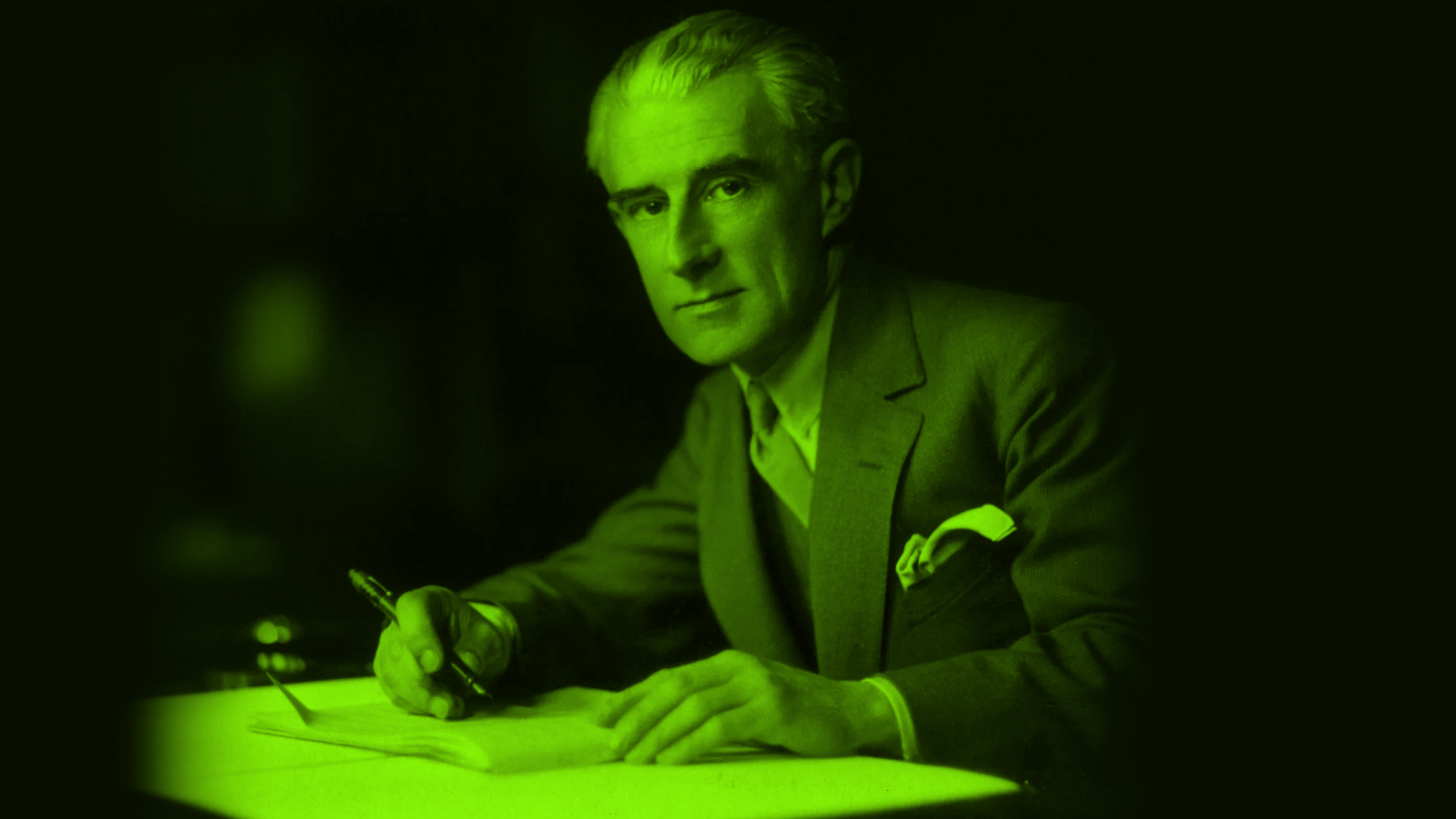MAURICE RAVEL
Histoires naturelles
On texts by Jules Renard
Mezzo-soprano Maria Letizia Poltini
Cinq mélodies populaires grecques
On popular Greek texts translated into French by Michel Dmitri Calvocoressi
Soprano Eleonora Ronconi
Shéhérazade
On texts by Tristan Klingsor
Soprano Adelaide Minnone
Don Quichotte à Dulcinée
On texts by Paul Morand
Baritone Matteo Armanino
Piano
Claudio Marino Moretti
Maurice Ravel was one of the most highly regarded composers of early 20th-century France. In his production, in which melodic talent and orchestration are combined with marked harmonic refinement and highly personal timbral research, the piano plays a key role. Several titles in the catalog are dedicated to it, both for solo instrument and in the chamber setting; Ravel also used to compose orchestral pieces on the piano, of which there is always a version for solo piano. With vocal chamber music, a union between his instrument, the piano, voice and poetry, the composer had a way to express different aspects of his own artistic thought in depth.
In 1906 Ravel composed the song cycle entitled Histoires naturelles. Poet Jules Renard’s texts were an inspiration to him both in content-as in a small bestiary, each of the five pieces is dedicated to an animal: the peacock, the cricket, the swan, the kingfisher and the guinea fowl-and in metrics, consisting of very long verses that Ravel could set to music freely and pandering to the musical line. The first performance took place in 1907, and was not warmly received; in fact, it was criticized by Renard himself. The audience was probably taken aback by the almost declamatory style of singing, which, not without irony, was a rather avant-garde figure. A few years earlier, around 1904, the composer had devoted himself to the Cinq Mélodies populaires greques. Ravel was very fascinated by exotic music, in which a general interest had arisen precisely in the Parisian context of the late 19th century, and he was very impressed by some traditional Greek folk songs, which he decided to set to music. The translation from Greek to French was entrusted to friend and fellow student Michel Calvocoressi, a writer and music critic. It was therefore from the Greek melodies that Ravel constructed a unique harmonization that could enhance the original melodies in a new guise. Almost coeval, Shéréazade was itself born out of a fascination with the exotic, in this case in the literary sphere. Several years earlier Ravel had thought of creating an opera based on One Thousand and One Nights, but the composition remained only sketched out. In 1903, inspired by Tristan Klingsor’s poems, he decided to reuse part of the previously sketched overture and create a symphonic poem for voice and orchestra entitled Shéréazade-also in a version for voice and piano-divided into three parts, Asie, La flûte enchantée and L’indifférent. In the music, which best expresses the fantastic and evocative atmosphere of oriental fairy tales, the influence of Debussy’s Pelléas et Mélisande, which only a few months earlier had been highly praised by Ravel during its first staging, is particularly noticeable. Don Quichotte à Dulcinée is a collection of three poems dating from the composer’s last period of activity, between ’32 and ’33. The original destination was film, the music having been commissioned from Ravel as the score for a film about Don Quixote by Wilhelm Pabs. Unfortunately, the delivery was not met and other music was used for the film. Ravel’s three poems are composed on texts by Paul Morand, and are three lyrics in which the protagonist addresses his beloved Dulcinea. The musical inspiration comes from the Spanish tradition, from which certain unmistakable folk dance rhythms such as the zortziko and the jota are found. Here, the usual melodic expressiveness is combined with the composer’s mastery at the height of his maturity.
